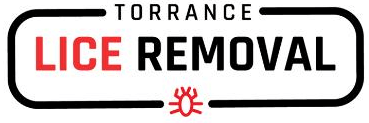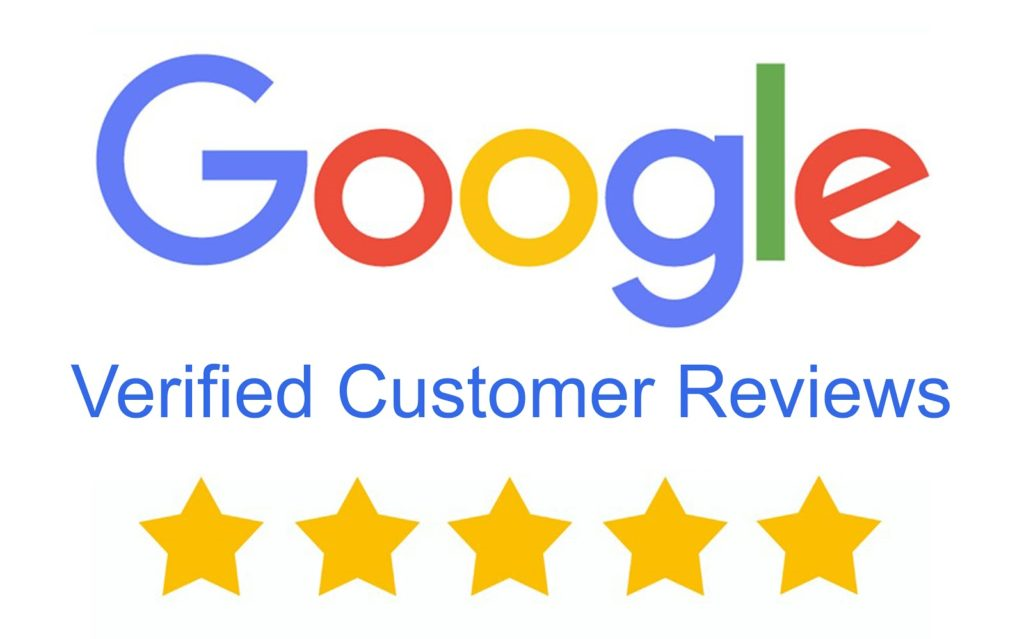Over-The-Counter Treatments: How They Work and How They Don’t
The “cons” when it comes to OTC head lice treatments, however, are increasing as lice develop resistance to the chemicals used to treat them. The two primary substances used in retail head-lice products are Pyrethrin, an extract for a type of Chrysanthemum flower; and Permethrin, a synthetic version of Pyrethrin. A 2014 study in the Journal of Medical Entomology found that up to 99 percent of head lice in the U.S. and Canada now possess a genetic mutation that makes them resistant to these products.
Also, while these OTC head lice treatments are deemed safe when used as directed, over-use is common as parents over-react to lice outbreaks, and this puts children at risk of developing more serious conditions. The Centers for Disease Control and Prevention (CDC) offers the following warnings:
Do not use extra amounts of any lice medication unless instructed to do so by your physician or pharmacist. The drugs used to treat lice are insecticides and can be dangerous if they are misused or overused.
Do not treat an infested person more than 2–3 times with the same medication if it does not seem to be working.
• Do not use different head lice drugs at the same time unless instructed to do so by your physician or pharmacist.
Pyrethrin and Permethrin are neurotoxins, and work by attacking the nervous system of the lice. While the products have been deemed safe in prescribed doses, the chemicals are nonetheless designed to kill living organisms and may not be something you want to coat your child’s hair and scalp with.
Finally, when they do work, Pyrethrin and Permethrin, “can only kill live lice, not unhatched eggs (nits),” according to the CDC. This is a big deal, because as any parent or school nurse can tell you, combing out the eggs is the hard part of head-lice treatment. Every female louse can lay around 100 eggs, which means that missing a few eggs can mean a lice case can recur over and over.

